Wisconsin's Covid Condition: The Delta Surge Disrupts a Third School Year
With the continuing spread of a more dangerous coronavirus variant among the unvaccinated and rise in breakthrough cases, schools around the state are determining what course to take as classrooms take center stage in the political fight over public health policies.
By Will Cushman
August 20, 2021
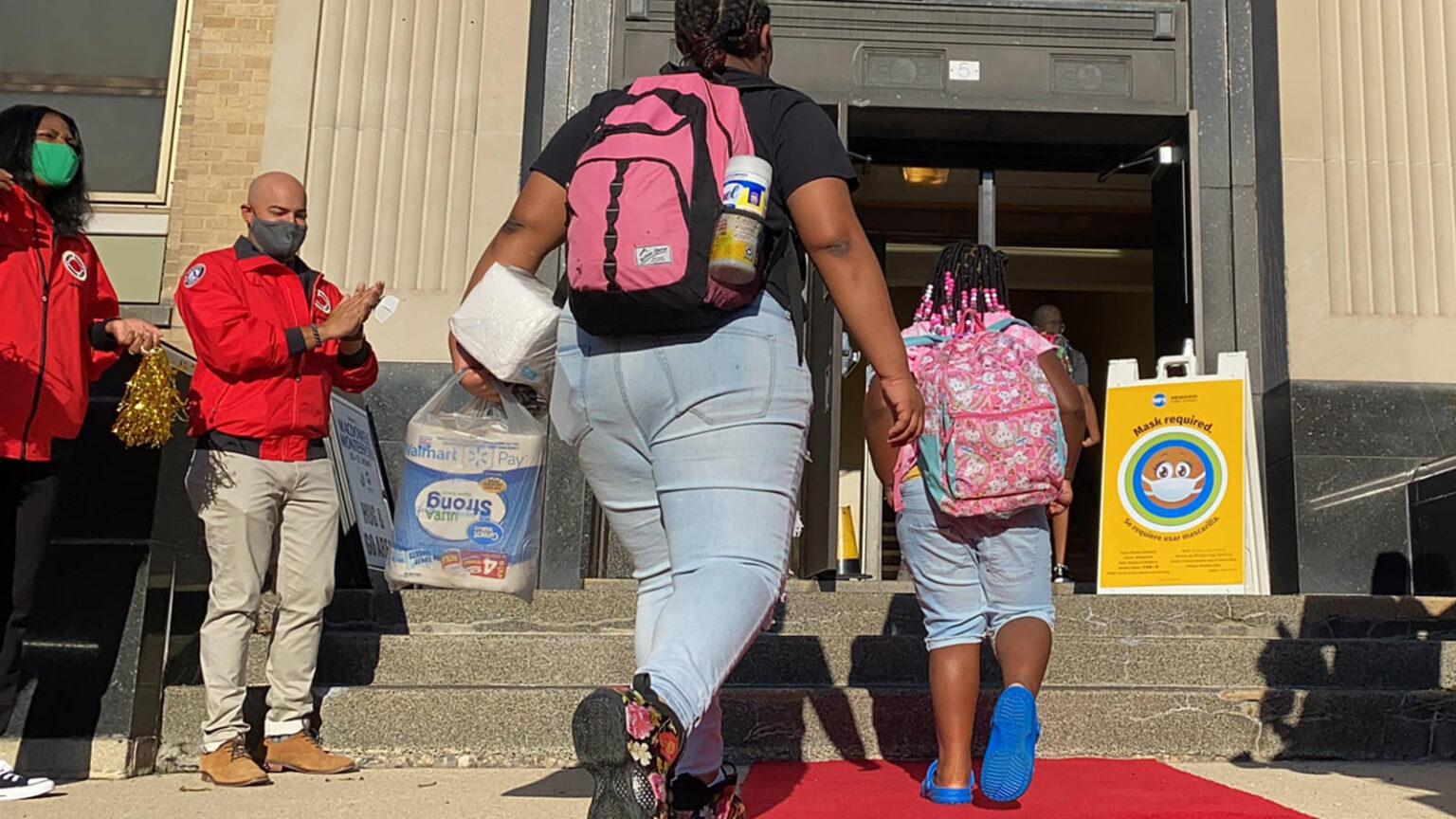
When MacDowell Montessori School in Milwaukee opened on Aug. 16, 2021, students and staff were required to wear face masks as a precaution against spreading COVID-19. (Credit: Milwaukee Public Schools)
Schoolchildren across Wisconsin are returning to classrooms as the Delta variant pushes the COVID-19 pandemic back into a more dangerous situation. Yet many school districts are not heeding face mask recommendations from state and federal health officials aimed at once again slowing the virus as cases, hospitalizations and deaths climb toward 2020 levels. It’s leading school boards to become ground zero in the unceasing pandemic political discord.
As the summer winds down, new data indicate the highly contagious Delta variant is responsible for a growing number of breakthrough infections in Wisconsin, even as the vaccines available in the United States remain powerfully effective against serious disease and death. In response, federal regulators have approved third doses for immunocompromised people, while booster shots for more are on the horizon. Here’s the status of the COVID-19 pandemic in Wisconsin.
Schools and masks
Citing spread of the Delta variant and concerns about its heightened transmissibility, including among fully vaccinated people, in late July the Centers for Disease Control and Prevention urged universal masking in schools for the beginning of the 2021-2022 school year. The recommendation applies to all students, staff and visitors, regardless of their vaccination status, and follows a similar recommendation made by the American Academy of Pediatrics.
The Wisconsin Department of Health Services followed with endorsement of universal masking in schools, while on Aug. 4, the Wisconsin Department of Public Instruction released COVID-19 guidance for the new school year. The guidance from each strongly recommends masking, physical distancing and testing to avoid school closures.
As most children remain unvaccinated, the guidance is meant to limit the coronavirus’s imminent spread through busy school buildings. As of Aug. 19, more than half of Wisconsin’s 16 and 17 year olds were still unvaccinated, along with three-fifths of the state’s 12 to 15 year olds. Wisconsinites in these two age groups have the lowest vaccination rates among people who are eligible. All children younger than 12 remain ineligible for the vaccines.
Still, many school districts in Wisconsin have elected to make masking optional, with a minority of the state’s 25 largest districts mandating their use indoors for the start of the school year as of Aug. 20.
The large districts that have announced universal mask requirements are largely located in Wisconsin’s two most populous metro areas around Milwaukee and Madison. They include the two largest districts in the state — Milwaukee Public Schools and Madison Metropolitan School District — as well as a number of suburban districts in each region.
Other districts in several of the state’s larger cities have also announced universal mask rules for the start of the school year, including the Green Bay Area Public School District, Racine Unified School District and Stevens Point Area Public School District. Meanwhile, the Eau Claire Area School District and School District of La Crosse have mandated masks for younger students, while making them optional for high schoolers.
Of the 25 largest districts in the state, 13 have maintained mask-optional policies for students and staff as of Aug. 20. They include the state’s third largest district, in Kenosha, as well as districts in the Fox Cities, Milwaukee’s suburbs and smaller cities like Janesville, Sheboygan and Wausau.
However, as the school year swiftly approaches, rapidly shifting local conditions could prompt changes to school COVID-19 policies, including mask-wearing. For instance, the Appleton Area School District administration has recommended that universal masking be required, though that would require school board action to implement.
Classes started for some students in the Milwaukee school district on Aug. 16. Milwaukee Mayor Tom Barrett acknowledged it marked the beginning of a third school year massively disrupted by the pandemic. He pointed to mask-wearing as key to allowing students to come back to school in person.
“We’re all pleased to see our students back in school,” Barrett said during an Aug. 17 media briefing with Milwaukee County officials to discuss the local COVID-19 situation.
The mayor described welcoming students to their first day of classes the day before at MacDowell Montessori School in Milwaukee.
“I think it’s important that we take every measure we can to make sure that [students] are safe, make sure their teachers are safe and make sure that staff are safe.” Barrett said. “That’s why I was very pleased while I was there to see students and teachers all wearing masks.”
However, students attending classes in many districts across Wisconsin won’t have to wear masks. Facing pressure from some parents and school board members opposed to mask mandates, many of these districts have elected to recommend rather than mandate their use.
School boards and the steps they consider to protect students and staff from getting sick with COVID-19 are the subject of fierce debate in communities around Wisconsin.
The charged environment has many school boards declining to take up the issue of masks. Three school board members in Oconomowoc resigned in unison on Aug. 16, citing what they termed as an “unwillingness to collaborate in good faith” among school officials and their fellow board members, including on developing COVID-19 safety protocols.
As the school year approaches, board meetings in Wisconsin, from Burlington to Eau Claire, have at points devolved into chaotic scenes of heated argument and accusations, largely centered around proposed mask rules.
With many school boards opting against mask requirements, families who are worried about the new school year are asking what it has in store for their health.
Breakthroughs and boosters
On Aug. 19, the state health department released new data on COVID-19 breakthrough infections and related hospitalizations and deaths in Wisconsin. A breakthrough infection occurs when someone tests positive for the coronavirus more than two weeks after completing the vaccination series — the point when they are considered fully vaccinated.
A small number of breakthrough infections are expected because the vaccines do not perfectly protect against infection. But, despite problems the CDC has had collecting and sharing up-to-date information about breakthrough infections, a growing body of evidence indicates that the Delta variant is associated with more infections in fully vaccinated people than previously dominant strains of the virus.
The Wisconsin data contributed to this evidence. It showed a significant rise in the case rate among fully vaccinated people in the state during July, when Delta started accounting for most of the state’s cases. Even while breakthrough infections rose, though, the case rate among people who were not fully vaccinated was about three times higher.
The data also showed in stark terms how protective COVID-19 vaccines remain against severe disease and death. Wisconsinites who were not fully vaccinated were 3.7 times more likely to be hospitalized for COVID-19 in July than fully vaccinated people, and they were 11 times more likely to die from the disease.
“The overwhelming majority of Wisconsin’s COVID-19 burden comes from those who are not fully vaccinated,” said Traci DeSalvo, director of the state health department’s bureau of communicable diseases, during an Aug. 19 media briefing highlighting the newly published statistics.
One day earlier, though, the CDC released a trio of studies that provided evidence of waning effectiveness of the Pfizer and Moderna vaccines against the Delta variant. Federal health officials said the studies showed booster shots would likely be needed in the coming months, though some infectious disease specialists have questioned whether booster shots would be necessary.
During the Aug. 19 briefing, state epidemiologist for communicable diseases Dr. Ryan Westergaard pointed out that discussion of potential booster shots differs from third doses of the Pfizer or Moderna vaccines, which are based on mRNA technology, that federal health officials have endorsed for immunocompromised people.
“We have some data that people with weak immune systems don’t respond as well to a two-dose series of an mRNA vaccine,” Westergaard said. “There’s a recommendation for people with weak immune systems to go and get a third dose. Essentially that means their primary vaccination series consists of three doses of an mRNA vaccine.”
Westergaard stressed that the general population remains ineligible for a booster shot as vaccinators begin to administer third doses of the Pfizer or Moderna vaccines to immunocompromised people.
Officials at the World Health Organization have criticized plans for booster shots in wealthy nations like the U.S., arguing the doses are badly needed elsewhere around the world and diverting them for boosters could allow more dangerous variants to emerge.
In Wisconsin, health officials have also voiced skepticism that booster shots are needed to tamp down on the Delta surge.
“I don’t think booster shots are the key to reversing our trends,” said Dr. Ben Weston, chief health policy advisor for Milwaukee County, during its Aug. 17 briefing.
Weston added that immunocompromised people who received the Johnson & Johnson vaccine should consult with a health provider about their options since the federal authorization of an additional dose only applied to the Pfizer and Moderna vaccines.
Rising cases, deaths
As August progressed, confirmed cases of COVID-19 and related hospitalizations continued to climb in Wisconsin. The 7-day average for new confirmed cases across the state stood at 1,241 as of Aug. 19. Meanwhile, more than 700 people were hospitalized due to the disease on Aug. 19, according to the Wisconsin Hospital Association. That’s the highest number of COVID-19 hospitalizations in the state since late January.
Deaths attributed to COVID-19, a lagging indicator associated with the multiple waves of disease that have hit the state since spring 2020, are also on the rise. The 7-day average for new deaths stood at 6 on Aug. 19, the highest average in more than three months.
Rising transmission of the virus in Dane County prompted health officials there to order a new mask mandate for all public indoor settings, regardless of vaccination status. The new order took effect Aug. 19 and expires in mid-September.
“The rate of cases in Dane County has risen rapidly since the Delta variant became dominant,” said Public Health Officer Janel Henirich in declaring the new order. Heinrich pointed to a 382% increase in the county’s average number of new cases between July 19 and Aug. 12.
In Milwaukee, where the Delta-associated surge began in Wisconsin, health officials said new cases had slowed slightly in recent days.
“It’s too early to say if this will be sustained,” said Dr. Ben Weston, the Milwaukee County health policy advisor. “Hopefully it will, but we are cautious — cautious as we see the rest of the country continue with an increase in cases, as we see children return to school, and certainly as we enter cooler weather coming up in the next few months soon with more indoor gathering.”
Mayor Tom Barrett said that any decision to reinstate a local mask mandate would rest with the Milwaukee Common Council, which is due to convene in early September.
 Passport
Passport




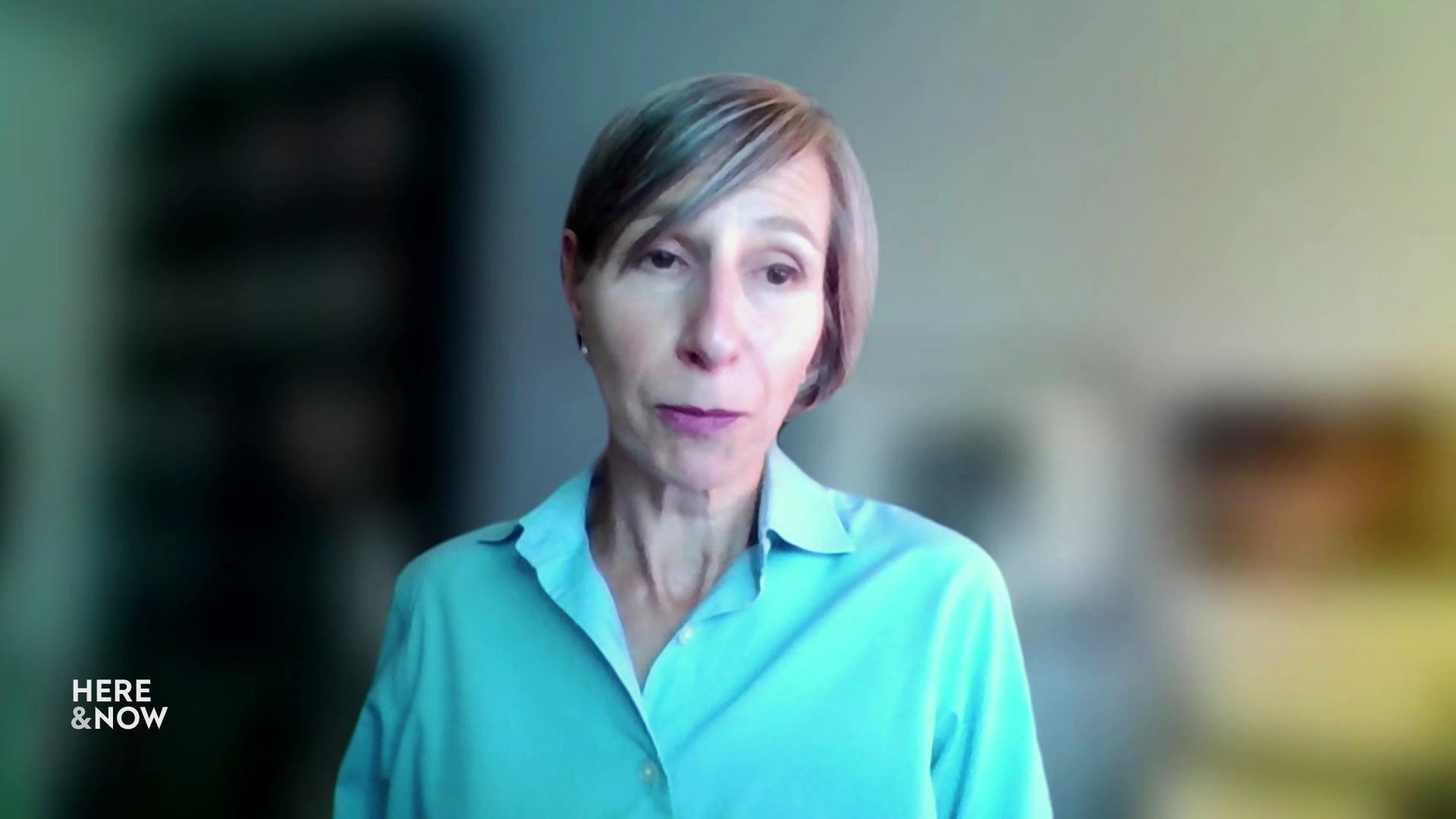
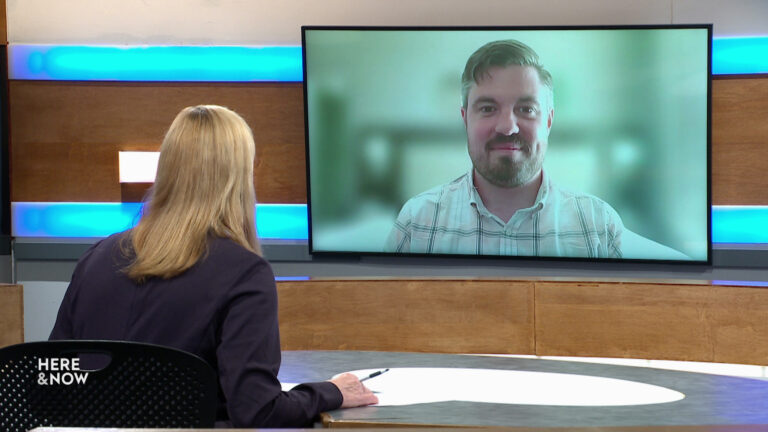
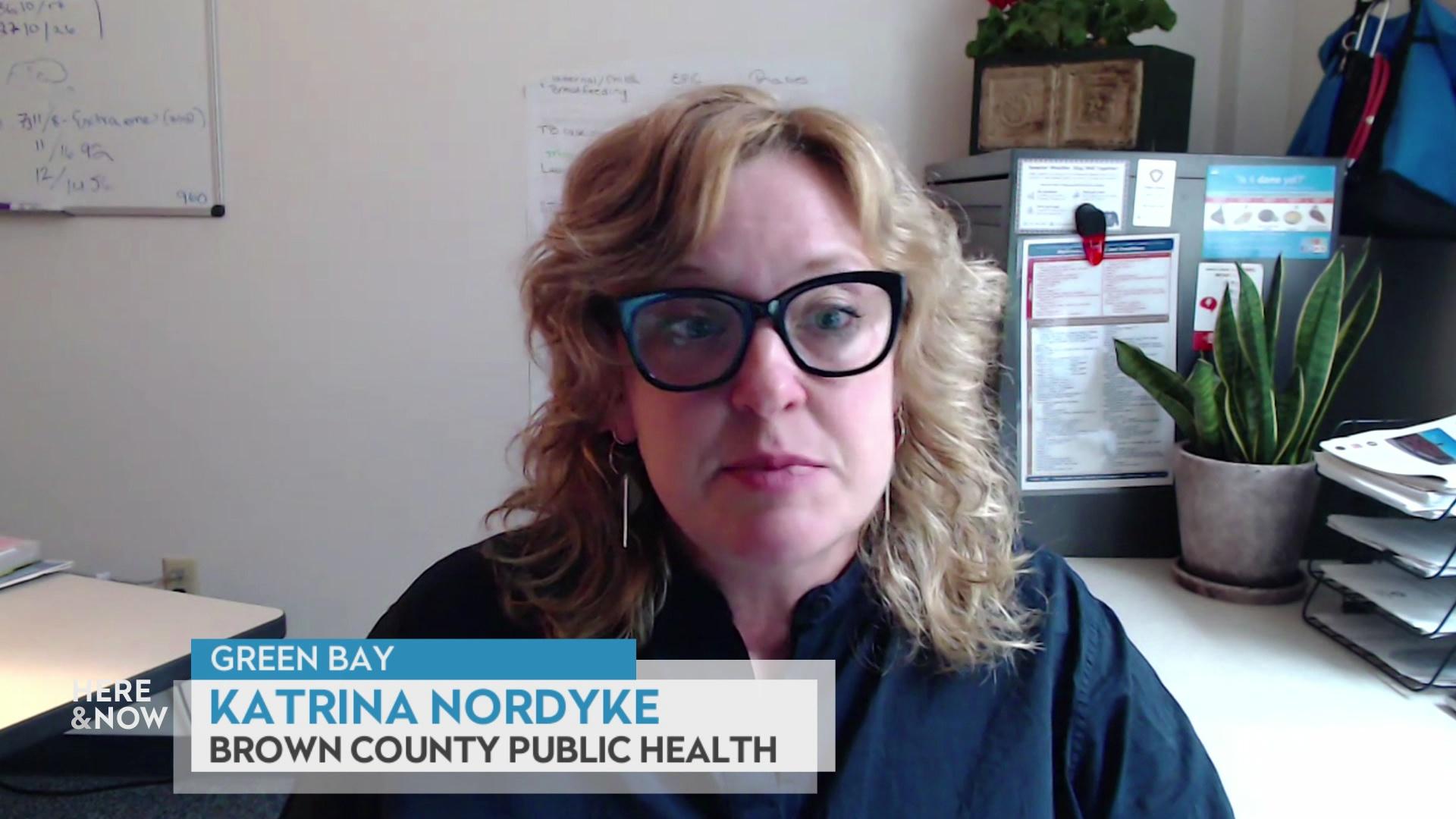
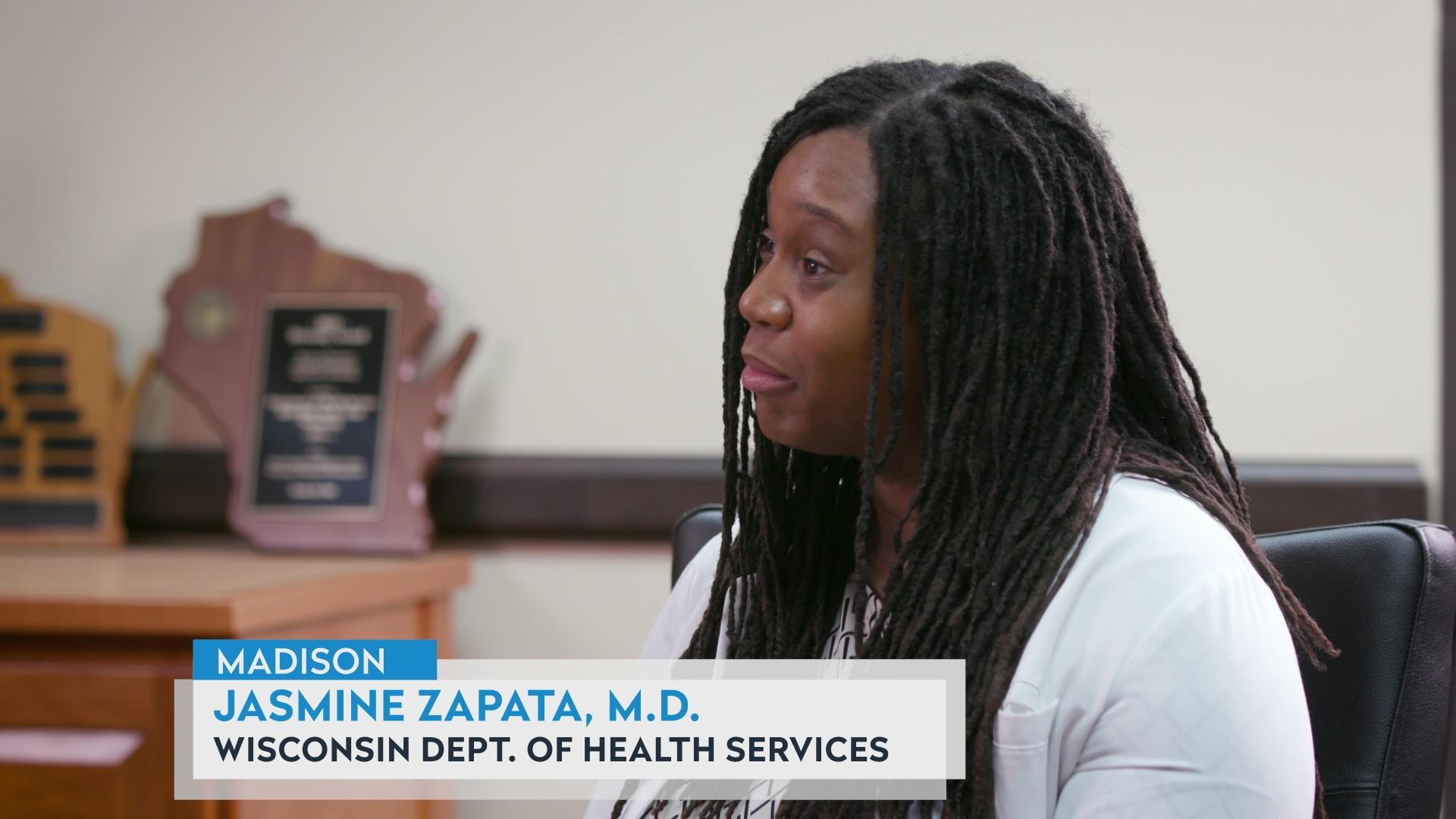
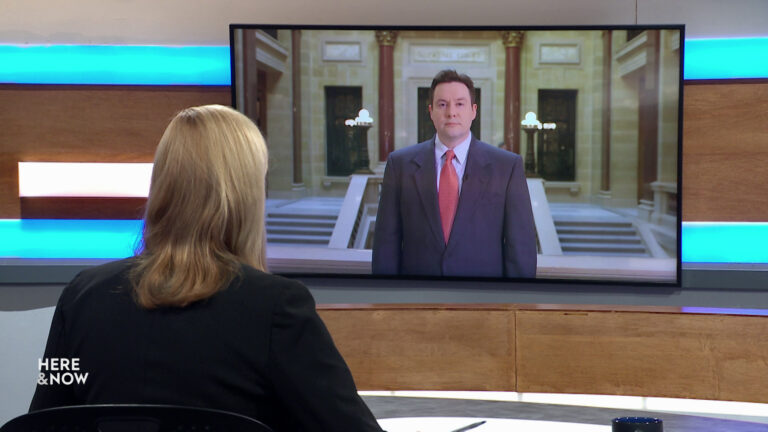
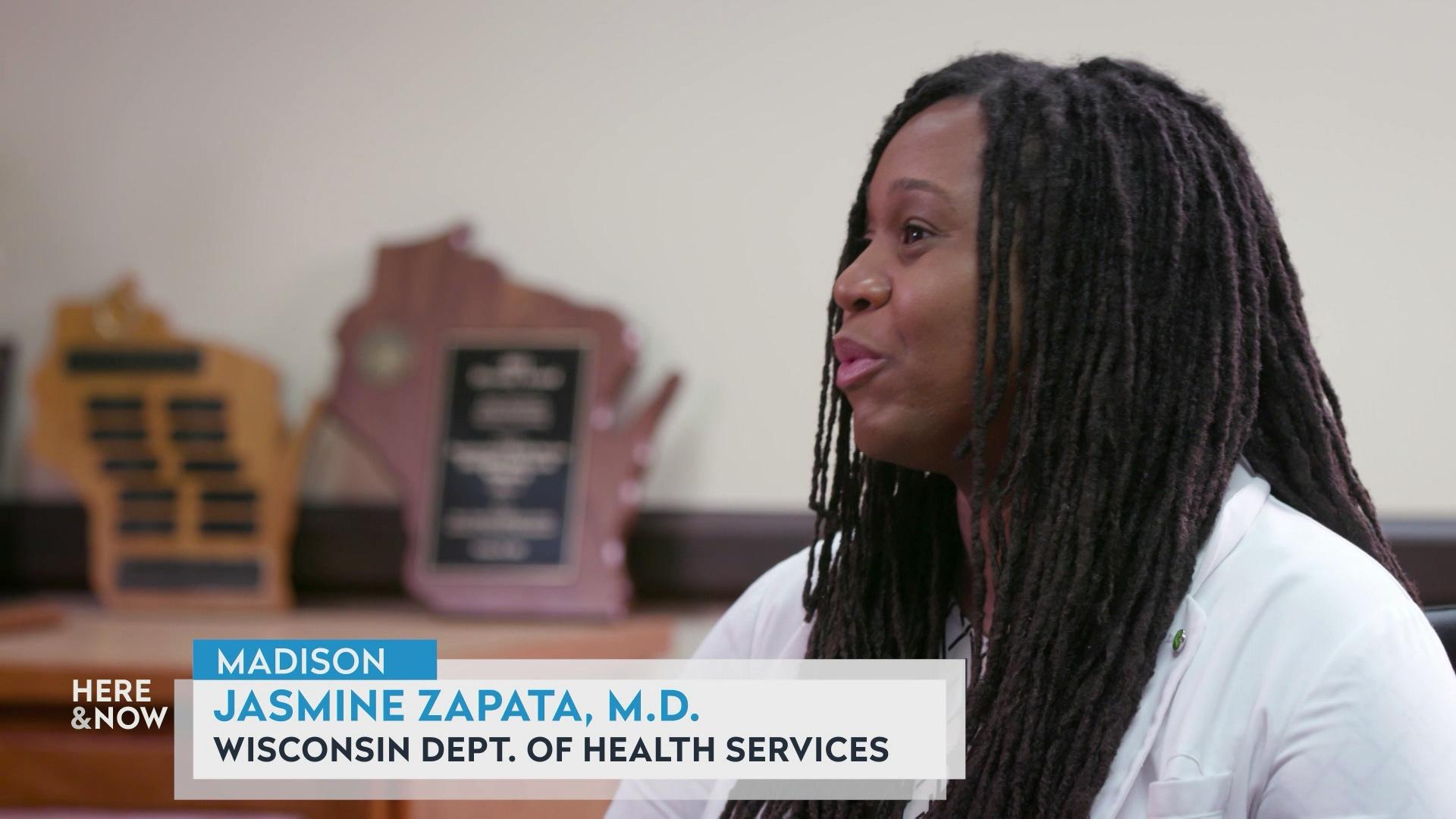

Follow Us